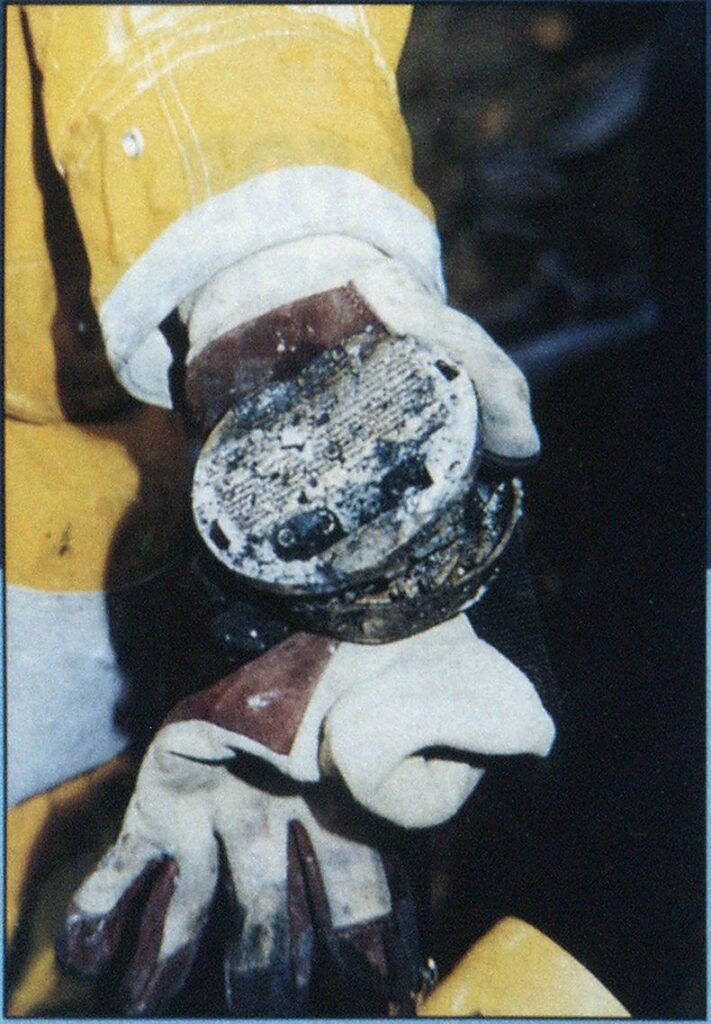
PREVENTION POINTS TO PONDER
The fire prevention bureau situations depicted in these photographs offer a number of points to ponder. We’ll give you a few, in no particular order of importance. Write to us with your own considerations, and we’ll publish them a future issue.






